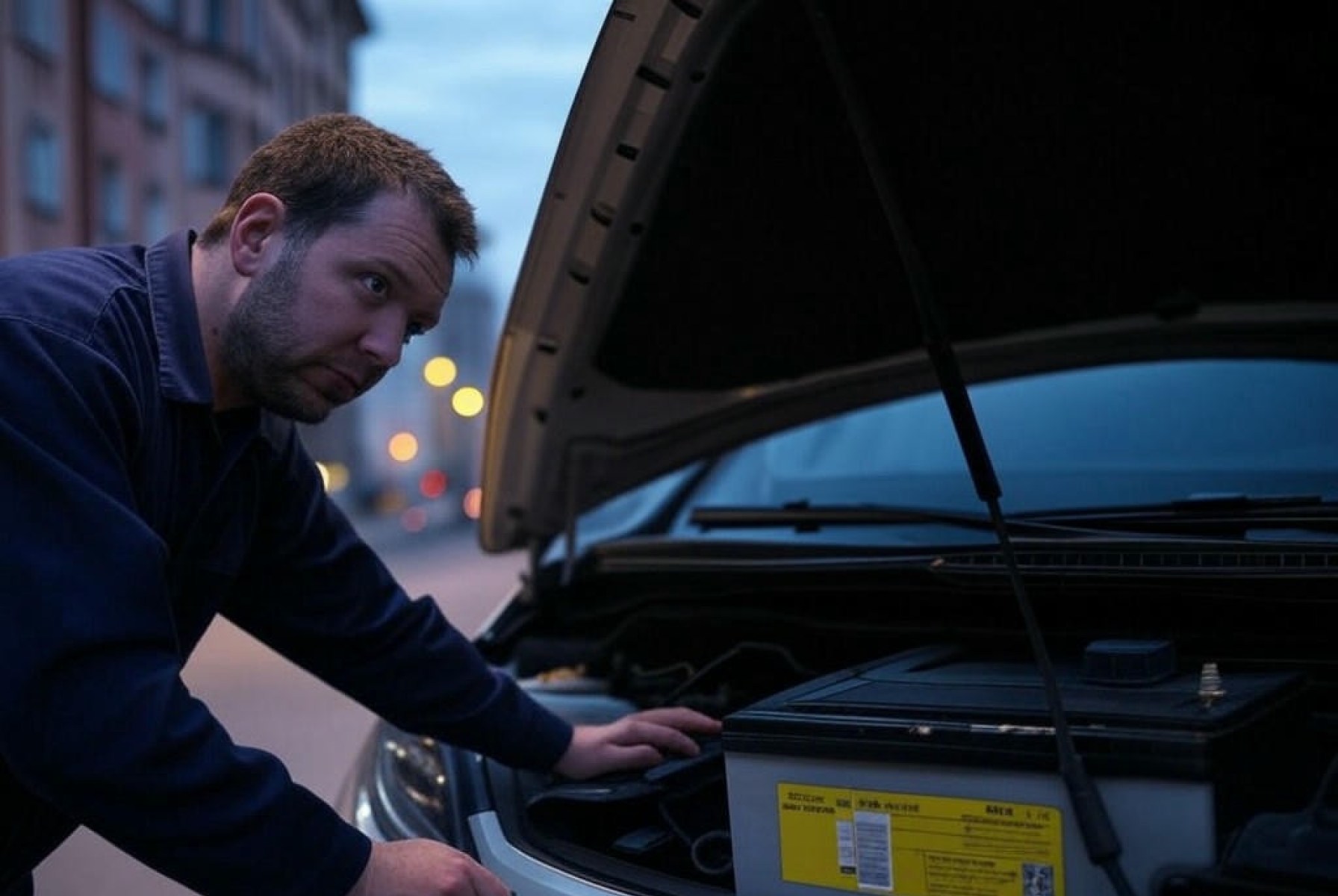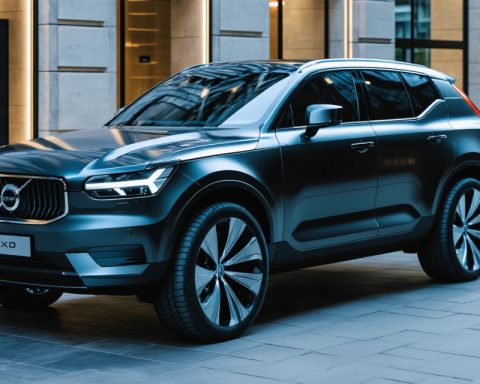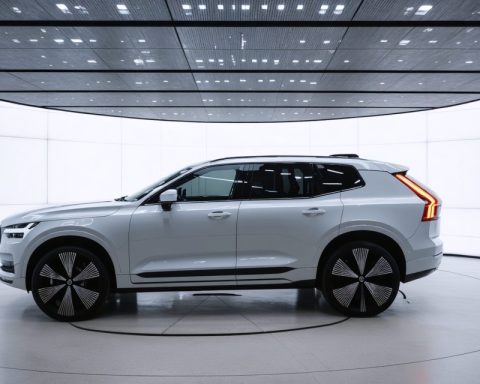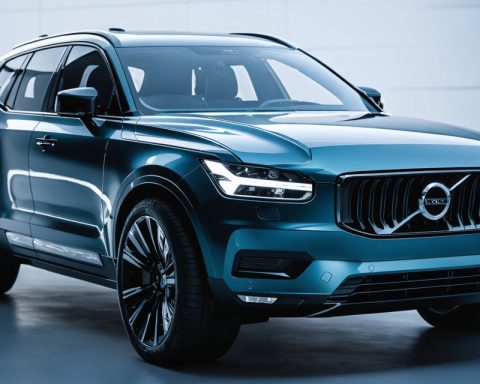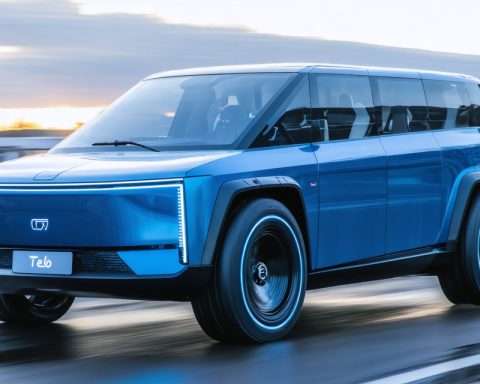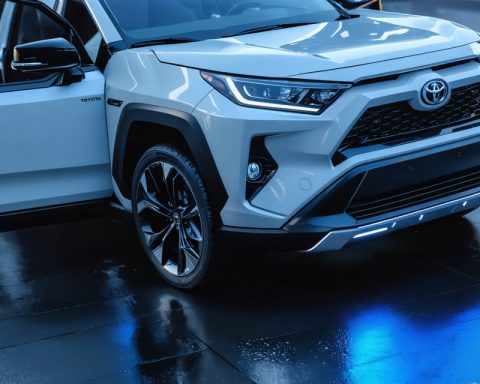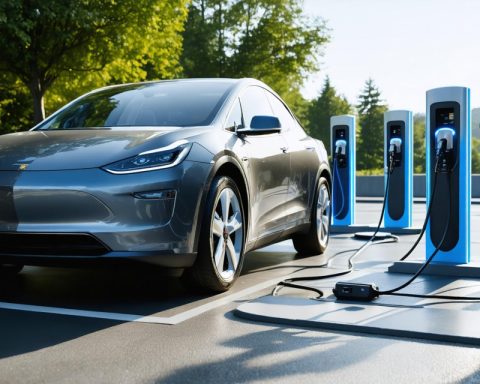- Electric vehicles (EVs) like the Ford Mustang Mach-E face unexpected challenges with their 12V battery systems, posing issues for owners.
- Many owners, including Shannon Drayton, experience costly and perplexing battery failures, despite assurances of a robust system.
- Software updates sometimes exacerbate these problems, highlighting gaps in high-tech diagnostics and solutions.
- Common issues across various EV models include hidden battery compartments and unexpected charge losses.
- Ownership dilemmas prompt discussions on maintaining battery health and the potential benefit of owning portable jump starters.
- Drayton’s experience illuminates the necessity of balancing technological innovation with practical readiness for EV owners.
- Despite these challenges, EVs like the Mustang Mach-E continue to impress with their performance, combining traditional excitement with modern advancements.
Beneath the sleek exterior and whisper-quiet engines of today’s electric vehicles (EVs) lurks an unassuming yet persistent problem — the humble 12V battery. As these vehicles pave the path to an electrifying future, owners like Shannon Drayton, a Ford Mustang Mach-E enthusiast, discover an ironic and costly twist. Her recent plight sheds light on a growing issue faced by many modern EV owners: unexpected failures in the seemingly archaic 12V battery system.
Picture this: Drayton, confident in her vehicle’s cutting-edge technology, is brought to an abrupt halt. Her 2021 Mustang Mach-E, at the mercy of a software update gone awry, requires towing — despite Ford’s remote claims that her 12V battery was robust at 94%. Confronted with a staggering $695 replacement cost, she finds herself entangled in a perplexing puzzle that neither software updates nor high-tech diagnostics readily solve.
Drayton’s story echoes throughout the EV community, resonating with owners of various makes and models, including Volkswagen’s innovative ID.Buzz and Hyundai’s acclaimed Ioniq 5. From hidden battery compartments that defy easy access to bizarre overnight charge losses in Chevy Bolts — it becomes clear that technological advancements have not yet banished all ghosts of older automotive systems.
The harrowing experiences of these owners spark a vital conversation. How should EV enthusiasts guard against such unexpected battery woes? As debates about optimal charging habits swirl, the advice remains steadfast: vigilance in monitoring battery health is paramount. Users ponder whether it’s wise to invest in a portable jump starter to mitigate risks and reduce dealership dependence when faced with exorbitant charges.
Beyond the battery blues, the Mustang Mach-E serves as a testament to EV ingenuity, delivering exhilarating rides that marry the past’s thrill with tomorrow’s promise. While some owners reconsider initial misgivings, embracing the vehicle’s potential, others revel in its groundbreaking incarnation of a legacy brand. These shifting perceptions suggest that with each challenge comes an opportunity for growth and renewed appreciation.
The tale of the 12V battery is an ancient one, replayed with modern twists, forcing a reexamination of our expectations from advanced technology. As EV ownership soars, it becomes essential to balance technological enthusiasm with practical preparedness. For those steering into this electric future, Shannon’s story serves not merely as a caution but as a clarion call to harness both innovation and wisdom on this electrifying journey.
Unlocking the Secrets of EV 12V Battery Challenges
Understanding the Role of the 12V Battery in Electric Vehicles
In electric vehicles (EVs), the 12V battery serves critical functions comparable to those in traditional gasoline-powered cars. This auxiliary battery powers the vehicle’s systems when the primary high-voltage battery is inactive, such as when the car is off or in accessory mode. Its role encompasses supporting electrical systems, safety components, and startup processes.
Common Challenges and Solutions
Challenge: Hidden and Inaccessibility Issues
– EV Design Complexities: Many EVs hide their 12V batteries beyond easy reach. This can complicate maintenance and emergency interventions.
Solution:
– Regular Inspections: Conduct routine visual checks to spot potential issues.
– User Manual Familiarity: Understand your EV’s manual for specific locations and access procedures for the 12V battery.
Challenge: Unexpected Battery Drain
– Software Glitches: Events like unexpected software updates can cause significant battery drains, leading to dead batteries.
Solution:
– Routine Software Checks: Keep software updated, and be aware of any recalls or updates from your manufacturer.
– Portable Jump Starters: Investing in one can be a lifesaver in emergencies.
Market Trends & Predictions
The EV market continues to expand at a rapid pace, with industry estimates forecasting a compound annual growth rate (CAGR) of 20% through the next decade. As EVs become more prevalent, we can anticipate technological advancements targeting the reliability and longevity of 12V battery systems.
Key Considerations for EV Owners
– Battery Replacement Costs: As Drayton’s experience highlights, a basic component like the 12V battery can cost a staggering $695 or more for replacement, prompting the need to explore alternative service options or aftermarket solutions if available.
– Insurance and Warranty: Check whether your EV’s warranty covers 12V battery issues, and consider specialized EV insurance to potentially offset extended repair costs.
Real-World Use Cases and Life Hacks
– Routine Checkup: Allocate time each month to test your 12V battery’s health using a multimeter. Ensure that it maintains a charge level between 12.4V to 12.7V.
– Charging Habits: Avoid frequent deep discharges and adhere to recommended charging practices as suggested by the vehicle manufacturer for optimal battery health.
Enhancements and Innovations
Emerging trends indicate efforts by automakers to integrate intelligent battery management systems. These aim to proactively detect and mitigate potential failures in both the primary and 12V battery setups, reducing dependency on manual troubleshooting.
Actionable Recommendations
1. Stay Proactive: Engage with online communities or forums related to your specific EV model to keep abreast of common issues and fixes.
2. Invest in Backup Equipment: Keep a portable jump starter and basic toolkit in your vehicle for emergencies.
3. Stay Informed: Subscribe to manufacturer updates and recall notices to address issues preemptively.
Conclusion
With growing EV adoption, understanding and anticipating potential 12V battery issues becomes crucial. By maintaining good charging habits, staying informed, and equipping oneself with the necessary tools, owners can enjoy a seamless and exhilarating driving experience. Embrace the future of driving with both enthusiasm and preparedness.
For more information on EV innovations and news, visit Tesla or Ford.
